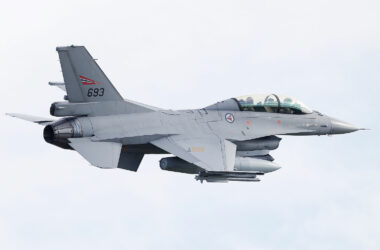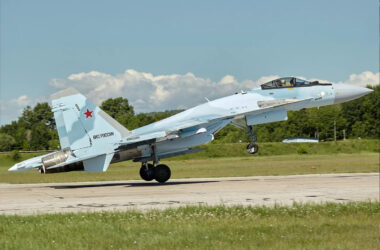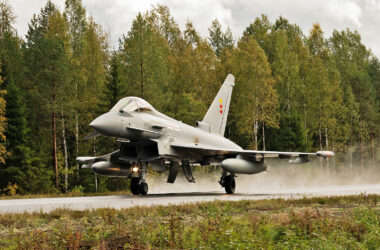Embraer has dared to create an aircraft that competes with one of the prides of the US aerospace industry, the C-130 Hercules military freighter, from Lockheed Martin.
It is the C-390 Millennium, a twin-engine jet that uses IAE V2500 turbofans, the same as the A320ceo family, and can carry more cargo at a higher speed than the famous four-engine turboprop.
Although it has won some significant contracts, Embraer has so far collected 40 firm orders for the C-390, almost half of which are from the Brazilian Air Force, which is also a partner in the project.
Follow Air Data News: WhatsApp | Google News | Instagram | LinkedIn | Twitter | Facebook

The Hercules has been on the market for 70 years and has sold over 1,700 aircraft, but it is the C-130J generation that competes with the Brazilian aircraft.
The challenge, therefore, is to find more countries willing to set aside tradition to invest in a more modern and capable aircraft, which is about to complete only 5 years in service.
Among the markets that could generate large orders are India, Saudi Arabia and some European countries, but Embraer is willing to face the Hercules in its own homeland.
Consulting firm enters the scene
The plans are not new, it is true. In September 2022, therefore two years ago, Embraer announced a partnership with the company L3 Harris to offer the “Agile Tanker” to the United States Air Force (USAF), a variant of the Millennium in an aerial refueling configuration with a boom.
The USAF, however, has been studying stealthy unmanned aircraft projects for this purpose.
Undeterred, the Brazilian company has now taken a new step towards breaking the “hard wall” that exists to be a foreign defense supplier in the US.

According to Reuters, Embraer has hired the consulting firm Oliver Wyman to help it sell the C-390 Millennium in the world’s largest economy.
Oliver Wyman has been working on this project since July, looking for a way for its client to penetrate the US market with its defense portfolio, revealed Bosco Costa Jr., CEO of Embraer’s military division.
The most likely hypothesis to make this strategy viable would be the merger or acquisition of a US defense company.
With North American “DNA”, many barriers would be overcome since the country’s government greatly limits the actions of foreign groups in matters of national security.
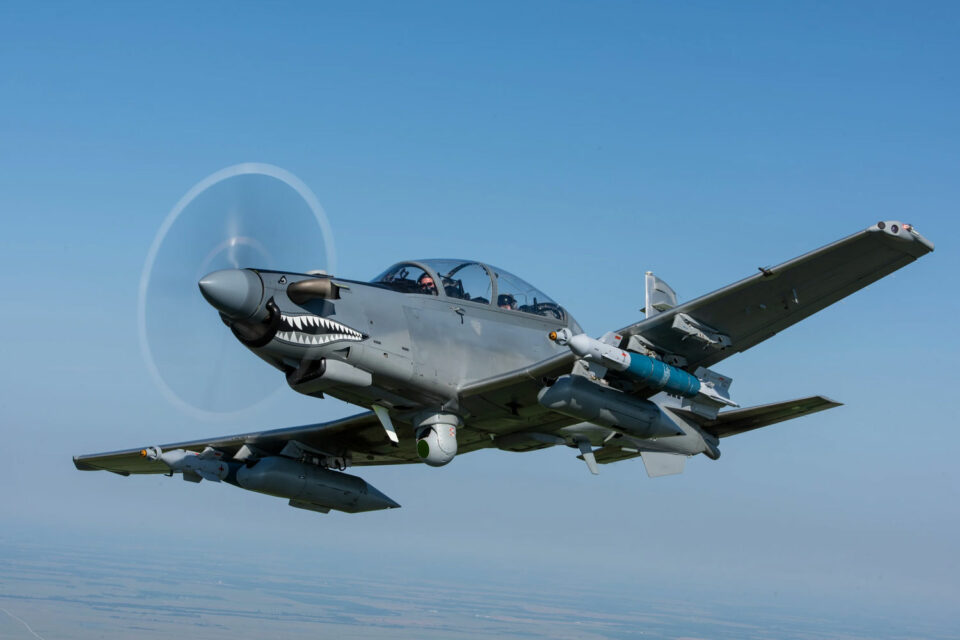
The PC-9 became the AT-6 Texan II
In fact, the strategy helped, for example, the Swiss manufacturer Pilatus to introduce the PC-9 turboprop training and light attack aircraft in the country. A partnership with Textron Aviation transformed the aircraft into the AT-6 Texan II, named after the former North American trainer.
But it doesn’t always work. Airbus tried several times to beat Boeing in military competitions, even when partnered with defense giants such as Lockheed and Northrop Grumman, and failed.
Embraer already has an important partner in the US, Sierra Nevada, which sells the A-29 Super Tucano to countries through the Foreign Military Sales (FMS) program.
However, the Super Tucano was ultimately unable to be operated by the US Air Force itself.
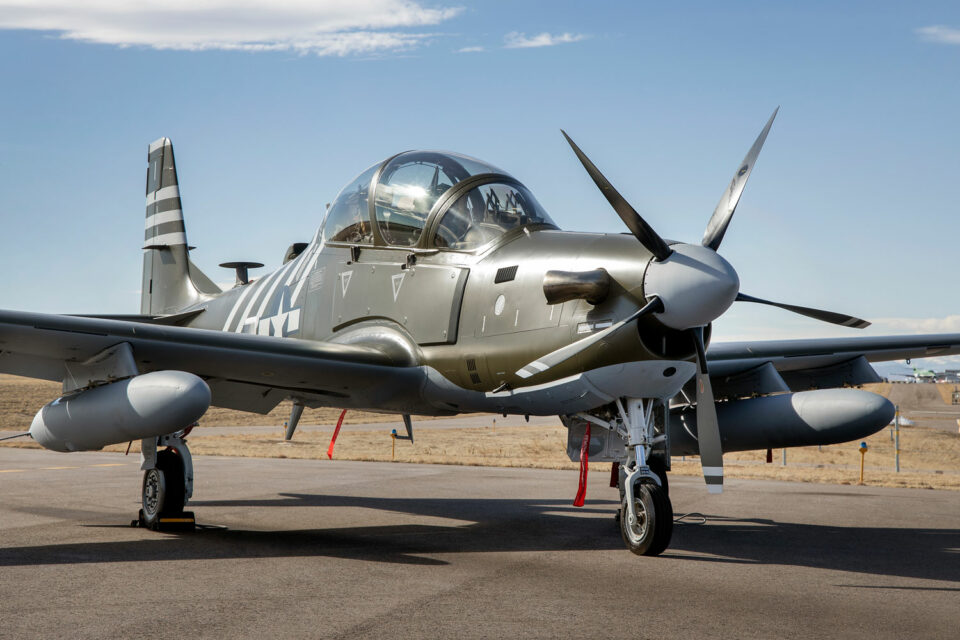
Bosco da Costa Jr. believes that the C-390 could have a different fate, since the USAF would gain agility with a diverse fleet of tanker/cargo planes.
The goal, however, is extremely difficult. Just think that Embraer could claim that the C-390 Millennium even won orders from the United States, where the Hercules was born.
There will certainly be many people in the country who see this as unacceptable.




